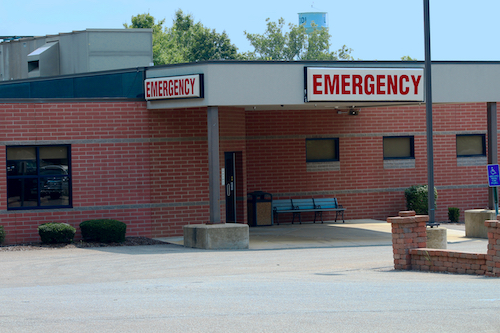
March 11, 2022 – According to Bloomberg, at least 40% of rural U.S. hospitals are in danger of shutting down. This would leave millions of people in smaller and less affluent communities without a nearby emergency and critical care facility.
The Center for Healthcare Quality and Payment Reform conducted a recent study that sees 500 hospitals at immediate risk for closing within the next two years, and over 300 more in the next five years. There are approximately 38 million Americans living in the at-risk areas; many of whom will be left 20-30 minutes farther if their local hospitals close.
A combination of higher labor and supply costs with lower revenue have really hurt hospitals, forcing many of them to shut down elective procedures to care for critically ill COVID patients. Additionally, smaller providers are unable to negotiate the same rates as the larger counterparts for half of their patients with private insurance. Larger facilities rely on higher payments from private insurers to offset lower reimbursements from Medicare and Medicaid.
Based on the study, some rural hospitals do get federal reimbursements that cover their costs. Many of these hospitals aren’t losing money on in-patient services, but more on the emergency rooms and clinics. Kenneth Kaufman, Kaufman Hall’s chair said, “We have a reimbursement problem of course, but we also have a structural problem. There are just not enough patients to sustain a lot of these hospitals.”
